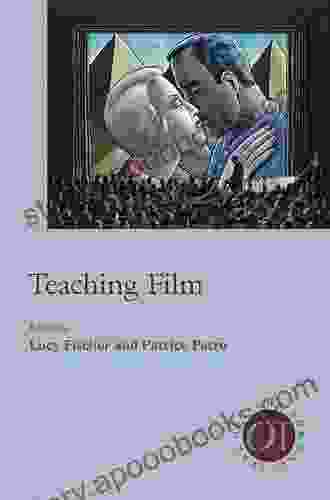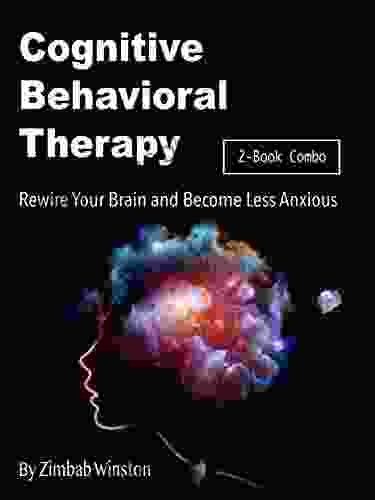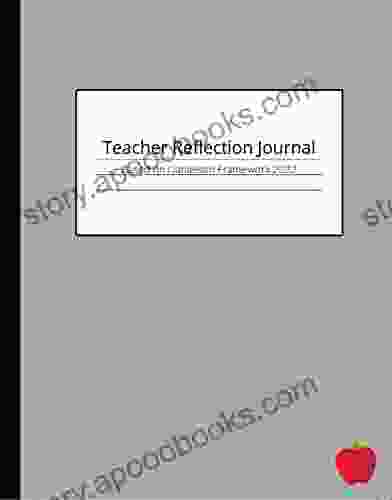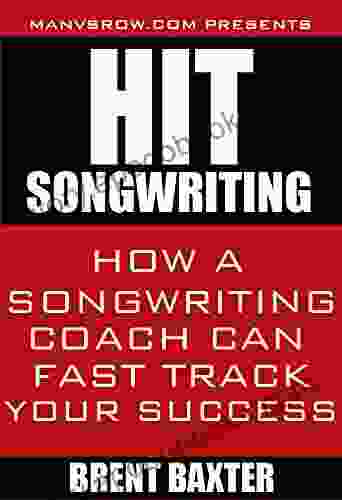Teaching Film Options For Teaching 35: A Comprehensive Guide for Educators

Film is a powerful medium that can be used to teach a variety of subjects. It can help students to develop critical thinking skills, empathy, and creativity. It can also be used to teach about history, culture, and the arts.
Teaching Film Options For Teaching 35 provides educators with a comprehensive guide to using film in the classroom. This book offers a detailed analysis of 35 films, along with lesson plans, discussion questions, and activities that can be used to teach a variety of subjects.
5 out of 5
| Language | : | English |
| File size | : | 5916 KB |
| Text-to-Speech | : | Enabled |
| Enhanced typesetting | : | Enabled |
| Word Wise | : | Enabled |
| Print length | : | 424 pages |
| Screen Reader | : | Supported |
The films in this book have been carefully selected for their educational value. They represent a wide range of genres, cultures, and time periods. Each film is accompanied by a detailed lesson plan that includes:
* A brief overview of the film * A list of learning objectives * A list of discussion questions * A list of activities that can be used to teach the film
The lesson plans in this book are designed to be flexible and adaptable. They can be used in a variety of settings, including classrooms, libraries, and community centers. The activities in this book are also designed to be engaging and interactive. They will help students to learn about the film and its themes in a fun and memorable way.
Teaching Film Options For Teaching 35 is an essential resource for any educator who wants to use film in the classroom. This book provides everything you need to know to get started, including:
* A detailed analysis of 35 films * Lesson plans for each film * Discussion questions for each film * Activities for each film * Tips for using film in the classroom
With Teaching Film Options For Teaching 35, you can use film to teach your students about a variety of subjects in a fun and engaging way.
Chapter 1: The Power of Film
Film is a powerful medium that can be used to teach a variety of subjects. It can help students to develop critical thinking skills, empathy, and creativity. It can also be used to teach about history, culture, and the arts.
There are many reasons why film is such an effective teaching tool. First, film is a very engaging medium. It can capture students' attention and hold it for an extended period of time. This is because film is a visual medium. It uses images and sounds to tell stories and convey ideas. This makes it much more engaging than a textbook or a lecture.
Second, film is a very realistic medium. It can bring real-world events and experiences into the classroom. This can help students to understand complex issues and to develop empathy for others.
Third, film is a very versatile medium. It can be used to teach a variety of subjects, including:
* History * Culture * The arts * Science * Math * Language arts * Social studies
Film can also be used to teach a variety of skills, including:
* Critical thinking * Problem solving * Communication * Collaboration * Creativity
Chapter 2: Selecting Films for the Classroom
When selecting films for the classroom, it is important to consider the following factors:
* The age and maturity level of your students * The subject matter you are teaching * The learning objectives you have for the lesson * The availability of the film
It is also important to preview the film before showing it to your students. This will help you to determine if the film is appropriate for your students and if it meets your learning objectives.
Here are some additional tips for selecting films for the classroom:
* Choose films that are relevant to the subject matter you are teaching. * Choose films that are engaging and interesting to your students. * Choose films that are appropriate for the age and maturity level of your students. * Choose films that meet your learning objectives. * Preview the film before showing it to your students.
Chapter 3: Using Film in the Classroom
There are a variety of ways to use film in the classroom. Here are a few ideas:
* Show the film in its entirety and then lead a discussion about it. * Show the film in segments and pause to discuss specific scenes or concepts. * Use the film as a springboard for a research project or a creative writing assignment. * Have students create their own films or film reviews.
Here are some additional tips for using film in the classroom:
* Create a safe and supportive environment for discussion. * Be prepared to answer students' questions and to help them to understand the film. * Encourage students to think critically about the film and to express their own opinions. * Use film to teach a variety of subjects and skills.
Chapter 4: Lesson Plans
This book includes lesson plans for 35 films. Each lesson plan includes:
* A brief overview of the film * A list of learning objectives * A list of discussion questions * A list of activities that can be used to teach the film
The lesson plans in this book are designed to be flexible and adaptable. They can be used in a variety of settings, including classrooms, libraries, and community centers. The activities in this book are also designed to be engaging and interactive. They will help students to learn about the film and its themes in a fun and memorable way.
Teaching Film Options For Teaching 35 is an essential resource for any educator who wants to use film in the classroom. This book provides everything you need to know to get started, including:
* A detailed analysis of 35 films * Lesson plans for each film * Discussion questions for each film * Activities for each film * Tips for using film in the classroom
With Teaching Film Options For Teaching 35, you can use film to teach your students about a variety of subjects in a fun and engaging way.
5 out of 5
| Language | : | English |
| File size | : | 5916 KB |
| Text-to-Speech | : | Enabled |
| Enhanced typesetting | : | Enabled |
| Word Wise | : | Enabled |
| Print length | : | 424 pages |
| Screen Reader | : | Supported |
Do you want to contribute by writing guest posts on this blog?
Please contact us and send us a resume of previous articles that you have written.
 Book
Book Novel
Novel Page
Page Chapter
Chapter Text
Text Story
Story Genre
Genre Reader
Reader Library
Library Paperback
Paperback E-book
E-book Magazine
Magazine Newspaper
Newspaper Paragraph
Paragraph Sentence
Sentence Bookmark
Bookmark Shelf
Shelf Glossary
Glossary Bibliography
Bibliography Foreword
Foreword Preface
Preface Synopsis
Synopsis Annotation
Annotation Footnote
Footnote Manuscript
Manuscript Scroll
Scroll Codex
Codex Tome
Tome Bestseller
Bestseller Classics
Classics Library card
Library card Narrative
Narrative Biography
Biography Autobiography
Autobiography Memoir
Memoir Reference
Reference Encyclopedia
Encyclopedia Maddy Cranley
Maddy Cranley Staughton Lynd
Staughton Lynd Vikas Bansal
Vikas Bansal Omar Prakash
Omar Prakash Shannon Burke
Shannon Burke Thomas Mann
Thomas Mann Perry Allen Wood
Perry Allen Wood Ryan Watkins
Ryan Watkins Zerlina Maxwell
Zerlina Maxwell Nigel Poor
Nigel Poor Mary Beth Temple
Mary Beth Temple Stephen A Marini
Stephen A Marini Neil Cossar
Neil Cossar Sharon Salzberg
Sharon Salzberg Peter M Waters
Peter M Waters Sophia K Apple
Sophia K Apple Lisa Betz
Lisa Betz Robert Mccammon
Robert Mccammon Mishuana Goeman
Mishuana Goeman Laura Nelkin
Laura Nelkin
Light bulbAdvertise smarter! Our strategic ad space ensures maximum exposure. Reserve your spot today!
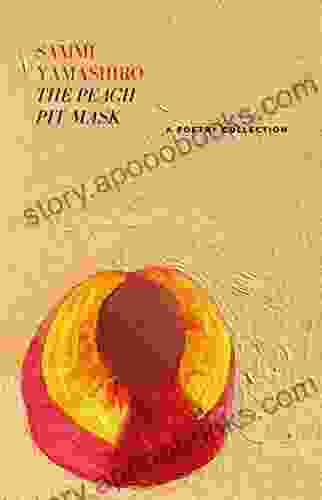
 Adrien BlairThe Peach Pit Mask Poetry Collection: Unmasking the Heart of 'Beverly Hills,...
Adrien BlairThe Peach Pit Mask Poetry Collection: Unmasking the Heart of 'Beverly Hills,...
 John SteinbeckUnlocking Facial Transformation: Craniofacial Distraction - An In-Depth Guide
John SteinbeckUnlocking Facial Transformation: Craniofacial Distraction - An In-Depth Guide Natsume SōsekiFollow ·5.9k
Natsume SōsekiFollow ·5.9k Samuel WardFollow ·8.6k
Samuel WardFollow ·8.6k Ian MitchellFollow ·2.2k
Ian MitchellFollow ·2.2k Chadwick PowellFollow ·13.5k
Chadwick PowellFollow ·13.5k Jimmy ButlerFollow ·2.3k
Jimmy ButlerFollow ·2.3k Shaun NelsonFollow ·18k
Shaun NelsonFollow ·18k Caleb LongFollow ·12.6k
Caleb LongFollow ·12.6k Gregory WoodsFollow ·11.6k
Gregory WoodsFollow ·11.6k
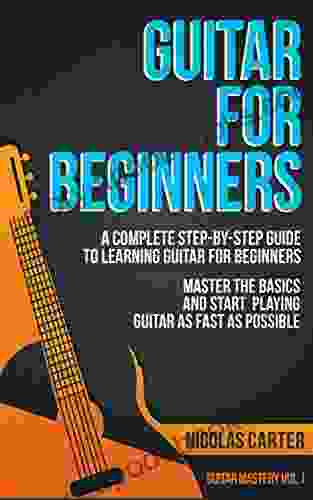
 Jorge Luis Borges
Jorge Luis BorgesUnlock Your Inner Musician: The Ultimate Guide to...
Embark on a Musical...

 Carlos Drummond
Carlos DrummondQuick Reference Guide To Percussion Instruments And How...
Unleash your inner rhythm with...
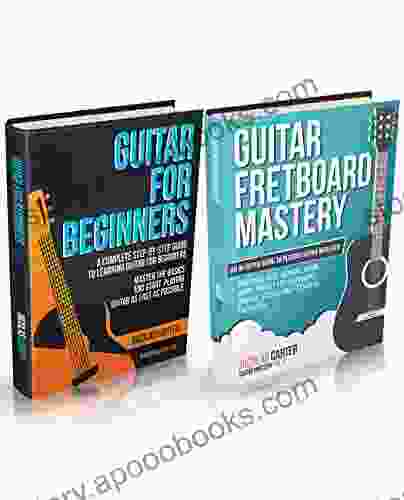
 Roberto Bolaño
Roberto BolañoUnlock Your Guitar Potential: The Ultimate Guitar Mastery...
Are you ready...

 Fred Foster
Fred FosterLooking for Lady Dee: A Punk Rock Mystery
By [Author's Name] Looking for Lady Dee is...
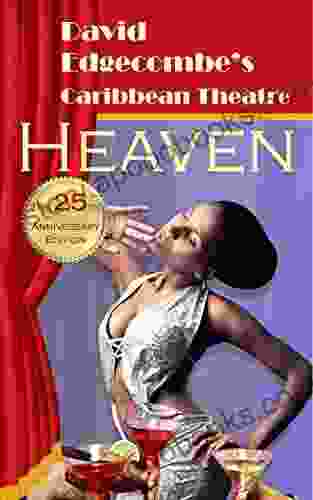
 Jacques Bell
Jacques BellJourney into the Mystical Realm of "Heaven Polly Alice...
In the tapestry of literature, where...
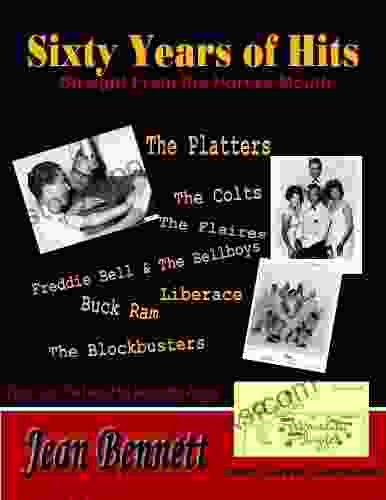
 Julio Ramón Ribeyro
Julio Ramón RibeyroSixty Years of Hits: A Musical Journey Through Time
Music has the...
5 out of 5
| Language | : | English |
| File size | : | 5916 KB |
| Text-to-Speech | : | Enabled |
| Enhanced typesetting | : | Enabled |
| Word Wise | : | Enabled |
| Print length | : | 424 pages |
| Screen Reader | : | Supported |


